Fernand Leger and Cubism
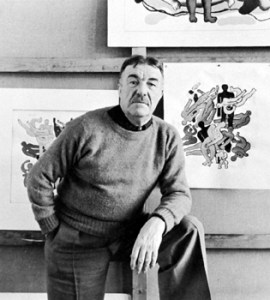
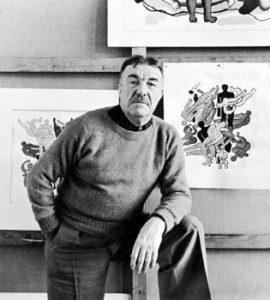
Initially influenced by Impressionism, Fernand Leger, French painter, sculptor, and film maker went on to develop his own populist and figurative form of Cubism for which he is known today. His unsentimental treatment of the human figure derives from his belief that the human form should be treated objectively, devoid of emotion.
The Woodshed gallery is pleased to offer a late (1951) drawing that exemplifies this unsentimental style. Group of Women is a work done in ink on heavy weight art paper. In this work we see the human figure rendered in Leger’s later populist cubist manner.
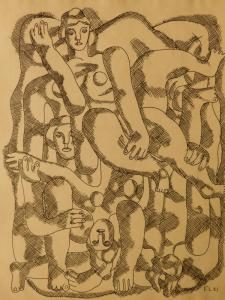
This drawing will be part of our auction on February 22, 2017.
Born in 1881 in Argentan, Orne, France Leger was trained as an architect, and for the early part of his adulthood supported himself as an architectural draftsman. Leger served in the French military in the early 1900s after which he enrolled in the School of Decorative Arts in Paris.
By the age of 25 Leger was a full time painter, much influenced by the impressionist movement as seen in the painting below.
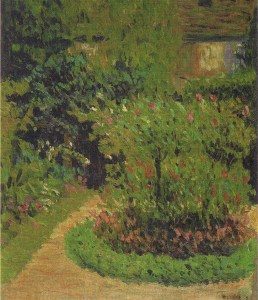
1907 Leger saw the work of Cezanne and his work changed forever. He credited Cezanne with teaching him to “love forms and volumes; he made me concentrate on drawing. It was thenIn Paris Leger was influenced by his friends who painted in the cubist style, Picasso, and Braque. that I felt drawing must be strict and absolutely unsentimental”.
In Paris Leger was influenced by his friends who painted in the cubist style, Picasso, and Braque.

Leger’s emphasis on cylindrical forms caused his less charitable critics to dub his style “Tubism” During this time Leger’s work was frequently shown at the Salon d’Automne and Indepéndants, along with Picabia and Duchamp.
In the 1920s Leger befriended Le Corbusier and his circle who were interested in machinery and and depicting speed and movement. This was to be another turning point in Leger’s career as he fused his Cubist inclinations with more streamlined machine age look. Enthused by all things modern, Leger considered abandoning painting for the cinema. Intrigued by the possibilities of film he wrote and co-directed Ballet Mechanique in 1924 with the help of Man Ray.
During the 1920s and 30’s Leger’s interest turned to social equality and he created several painting “cycles” which depict men in action, working on construction, cycling, or diving, often combining his interest in the mechanical with that of the human form.
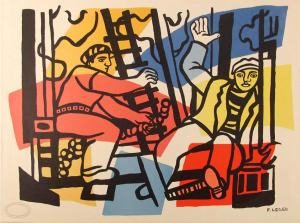
To escape WWll Leger moved to New York in 1931 and was subsequently influenced by the New York School painters culminating in what is perhaps Leger’s most recognizable style, large brightly colored canvases and murals which he felt should be easily understood by the viewer.
Some feel that this style and sentiment was a precursor to the Pop Art movement. His belief that art can unify people may have also had a direct effect on the Fluxus movement. After WWll Leger returned to France and joined the Communist party. His later pieces were mostly public art works, large scale murals, and stained glass windows. Leger died at his home in 1955.